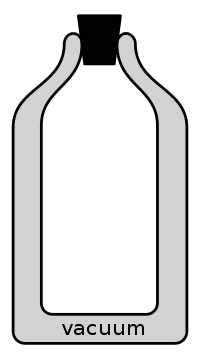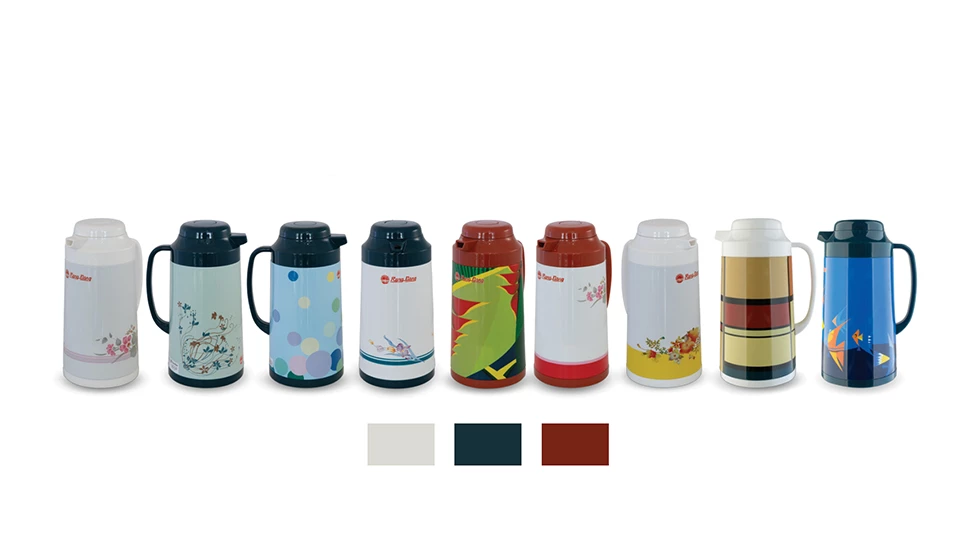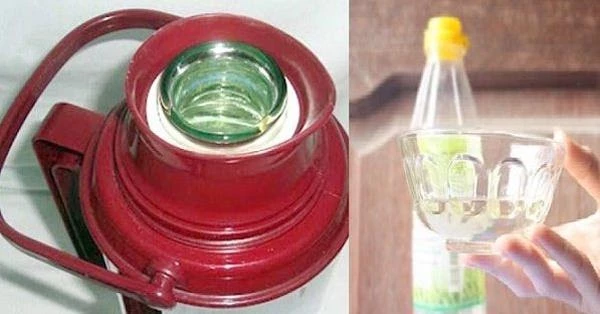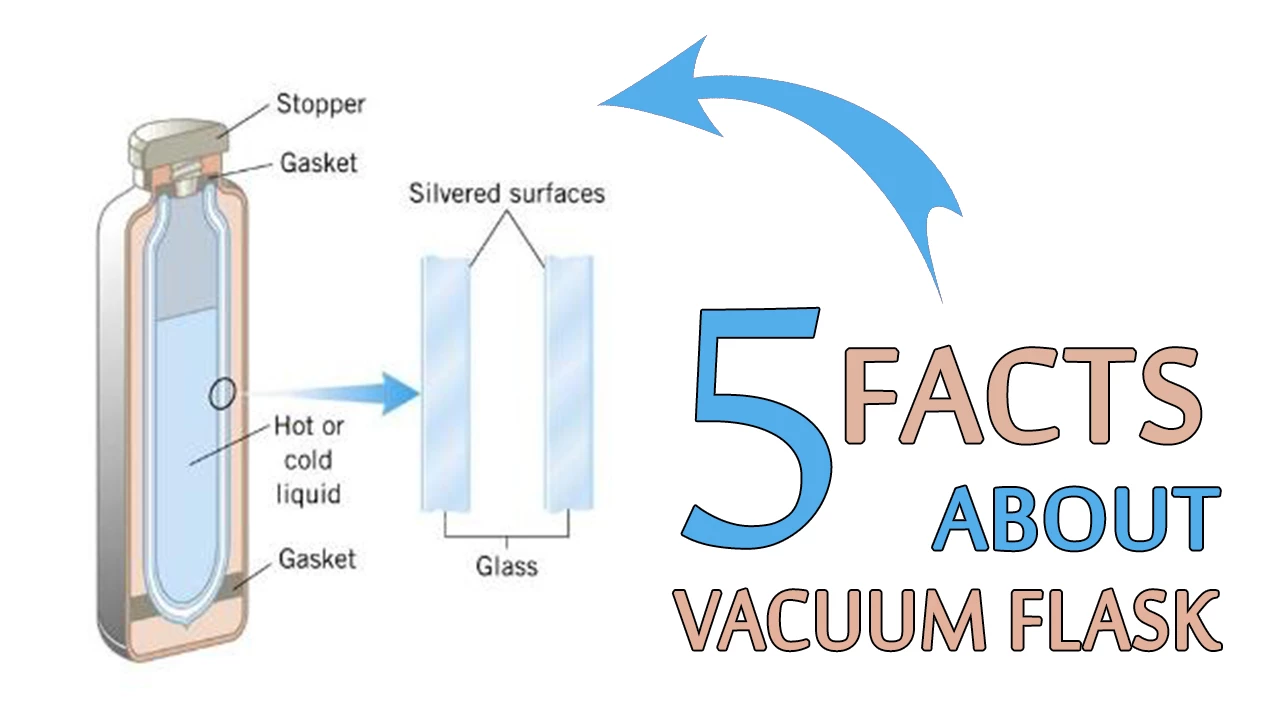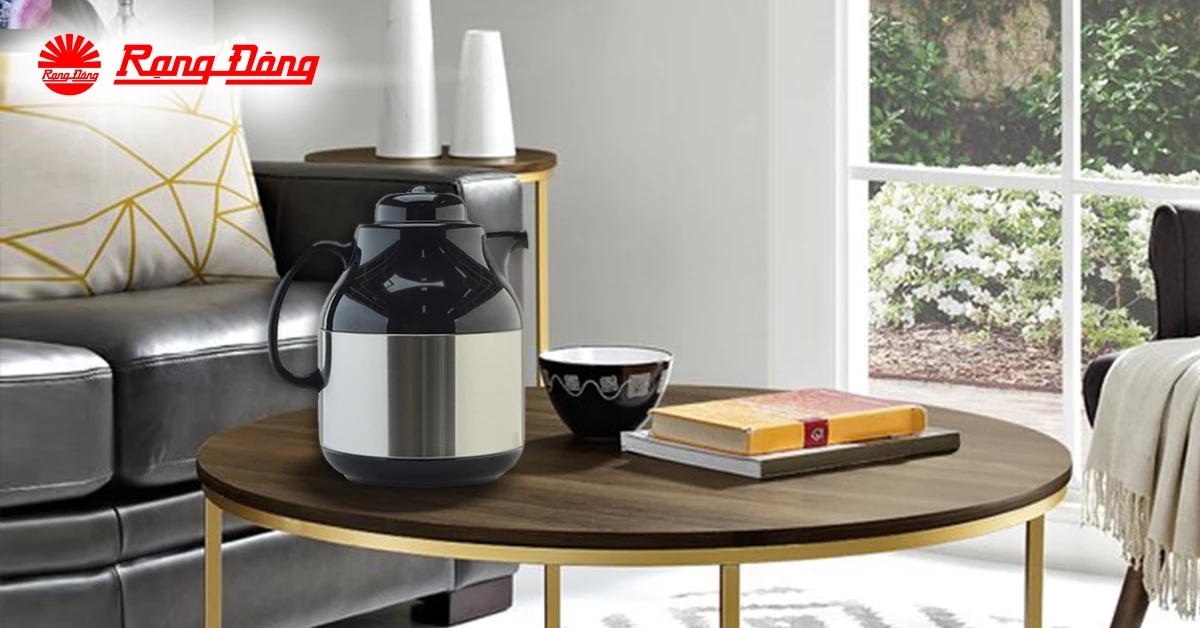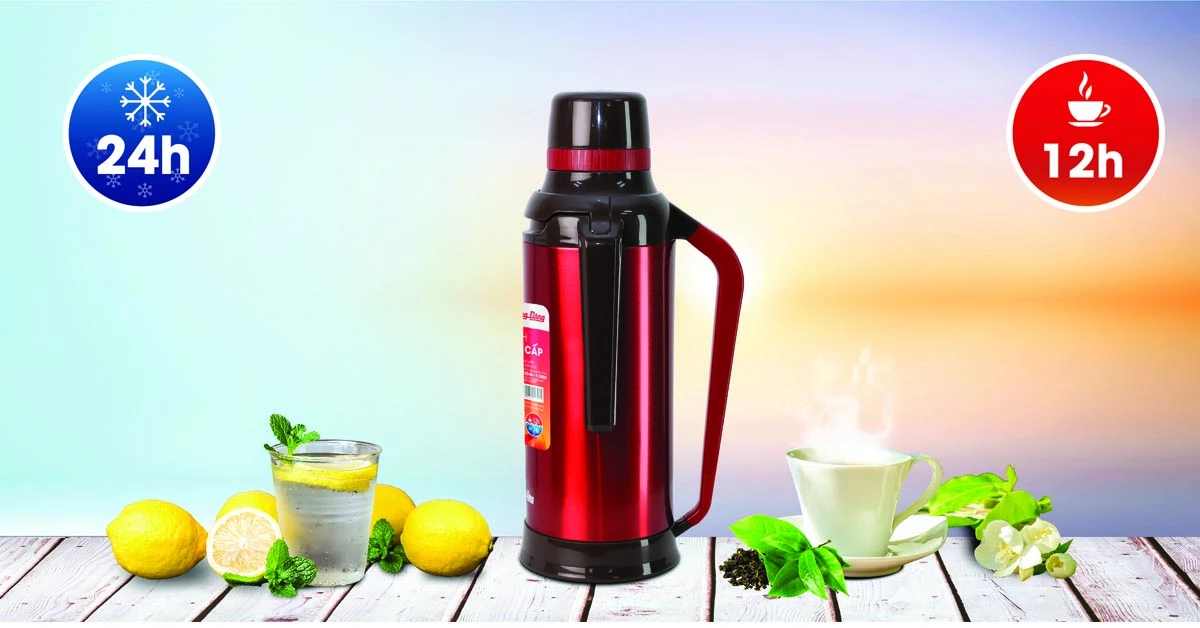Vacuum flask: History, structure and user’s guidance
A vacuum flask (also known as a flask, Dewar bottle or flask bottle) is a household appliance used to hold boiling water, ice, liquid from beverage to food to objects that need to be preserved. The vacuum flask is designed to store stuff at a temperature above or below the ambient temperature. This article will show you how a vacuum flask is going.
History
The vacuum flask was invented by Scottish physicist and chemist Sir James Dewar (1842-1923) in 1892 following an improvement from Newton's calorimeter barrel. Since Newton's machine was bulky, with many parts, it was difficult to preserve and clean it under laboratory conditions.
For accurate testing, the calorimeter requirement is maximum isolation between the internal temperature of the vessel and the outside environment. Sir Dewar built a type of vacuum flask capable of thermal insulation initially as laboratory equipment.
But Dewar's vacuum flask design quickly became a commercial item in 1904 by Reinhold Burger and Albert Aschenbrenner, two German glass carvers who found that it could be used to retain the temperature of cold or hot drinks.
A vacuum flask design.
Structure
A vacuum flask is made from two parts: the inner part and the shell. The shell is cylindrical, its height depends on the shape and size of the plug. The cover can be made of plastic or metal and comes with each type of cover (plastic flask with threaded plastic cap, metal flask with wooden lid).
The flask cap prevents heat transfer of the flask with convection, and also prevents water from overflowing. The top of the poster also has a handle for convenient transportation, the body of the poster carries the brand name (or decoration). The bottom part can be removed and installed, inside there is a small rubber pad that is used to fix the plug.
The core of the flask is actually a two-shell flask, connected at the mouth, made of silver-coated glass to radiate the heat rays back to the water in the flask. Between the two layers of glass is a vacuum that blocks heat transfer. The bottom of the flask with vacuum holder is the place where the air is drawn between the two layers of the flask. It helps retain within six hours 70 degree C of water out of 100 degree C.
Vacuum flasks with various artworks designed by Rang Dong.
How to preserve the flask
The vacuum flask needs to be rinsed thoroughly before the first use. For a newly bought flask, we need to pour warm water in about 30 minutes in advance, only then comes the boiling water to avoid breaking the flask. However, it should be noted that, if the plug is broken, the water may contact the silver layer, affecting the purity and not good for health.
If water cools quickly, it means the flask may have been damaged. Silver flakes may be flowing in the water poured from the flask, and cracks can be seen inside.
Using vinegar to clean the flask
In this case, the plug should be replaced immediately. If a plug is used for a long time, we could use hot vinegar to clean it by pouring into the flask, cover it tightly, shake gently and soak for about 30 minutes. Then pour out and rinse with water. The flask should be placed outside children’s reach to avoid accidents.
In case the water source in the area is contaminated with substances such as Calcium or Magnesium, sedimentation deposits will appear at the bottom of the flask. In that case, vinegar or lemon can be used to remove them.
Should you have any questions, wish to share your ideas about vacuum flasks or request a quotation, please send us an email to: export@rangdong.com.vn.
Our website: vacuumflask.rangdong.com.vn

